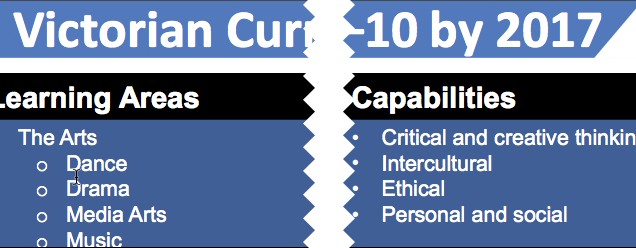Reading programs and the support of a culture of reading is a common commitment in school libraries. As teacher librarians, and librarians, we promote reading for enjoyment as a means of raising literacy levels through activities such as reading classes; engaging children in the Premiers’ Reading Challenge; running Book Clubs or supporting English teachers. To this end, the Synergy article Slow Reading: The Power to Transform by Dr Pam Macintyre, Senior Lecturer in Portfolio of Design and Social Context in the School of Education at RMIT is of particular interest.
In this article Pam says it’s logical to state, ‘greater understanding produces greater pleasure when reading’. To fully understand and learn the skill of reading she encourages us to take time and to give students time, through a process of ‘slow reading’ saying:
Students need us to slow the reading, to model and facilitate the enjoyment of contemplation and the sharing of responses and interpretations. We need to share our enjoyment of language, and the delight in the places reading can take us well beyond the physical, geographical, emotional, intellectual boundaries of our daily lives. We also need to share our knowledge and pleasure about the how of what is said, not only the what.
Pam mentions the Australian research, the Children and Reading literature review which reports a 4% drop in the number of children reading for pleasure between 2003 and 2012. As a passionate advocate of adolescent reading, she notes the opportunities for further research in this field as reading formats change from hard copy to digital.
In promoting a reading culture Pam quotes Terry Eagleton’s, How to Read Literature (2013) and urges us to encourage in students a peculiarly vigilant type of reading, ‘one which is alert to tone, mood, pace, genre, syntax, grammar, texture, rhythm, narrative structure, punctuation, ambiguity’ (2013, p. 2).
This article, published in SLAV’s professional journal Synergy, provides teacher librarians and educators involved in raising literacy levels through a formal reading program, with a thoughtful approach to developing skilled readers. Synergy is published bi-annually and is freely accessible online, apart from the two most recent editions. It is a valuable source of research relating to school libraries.



